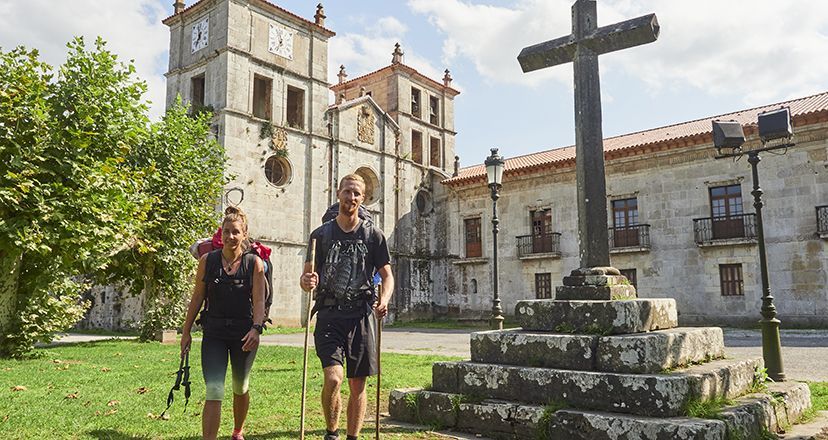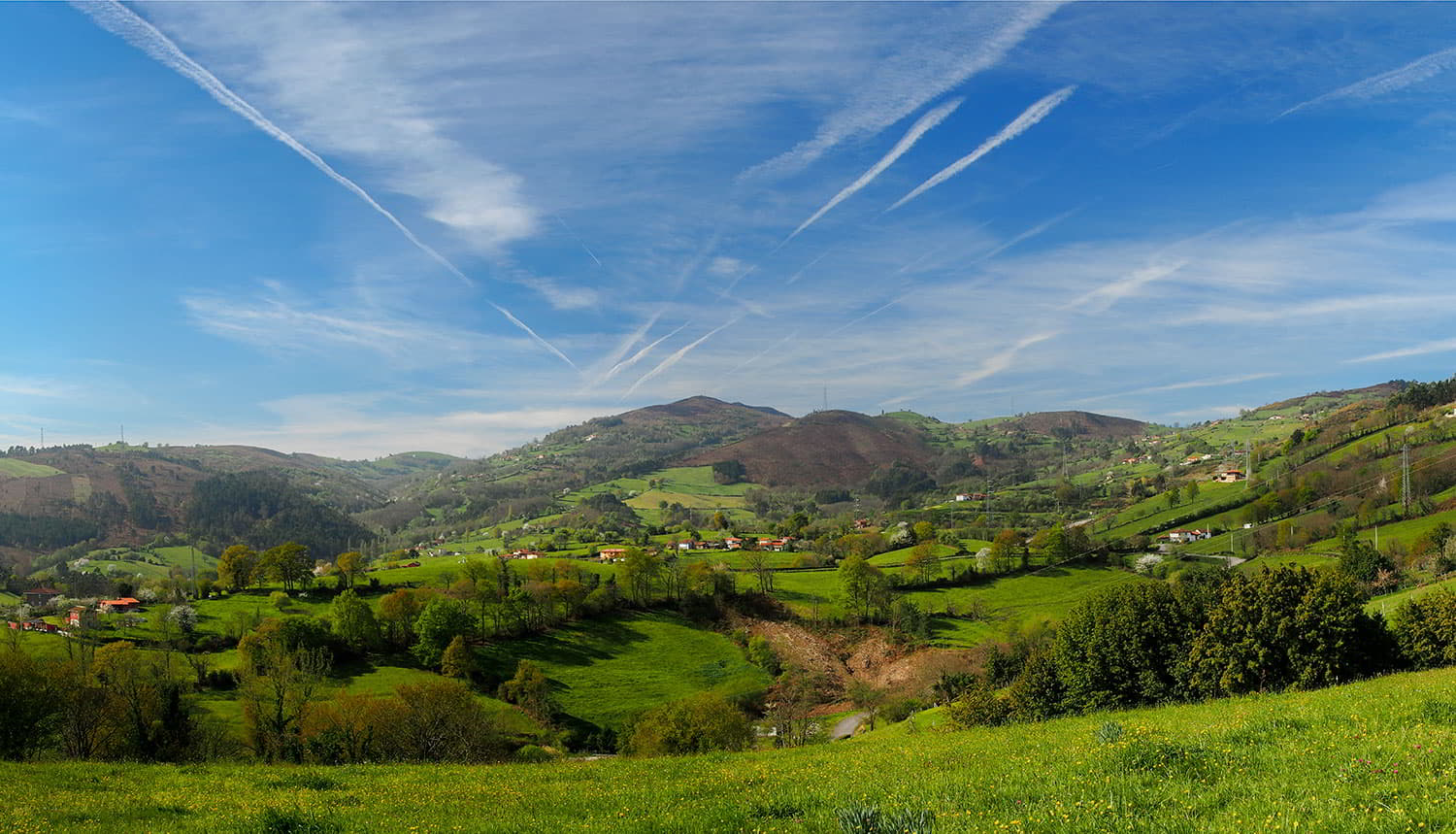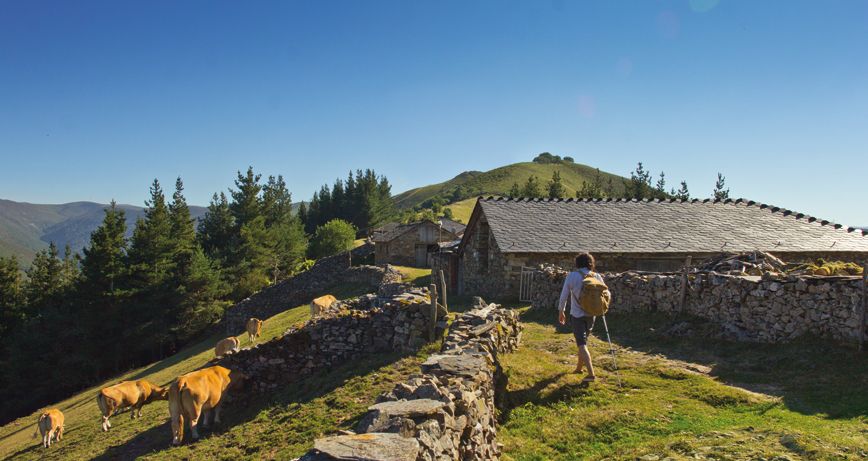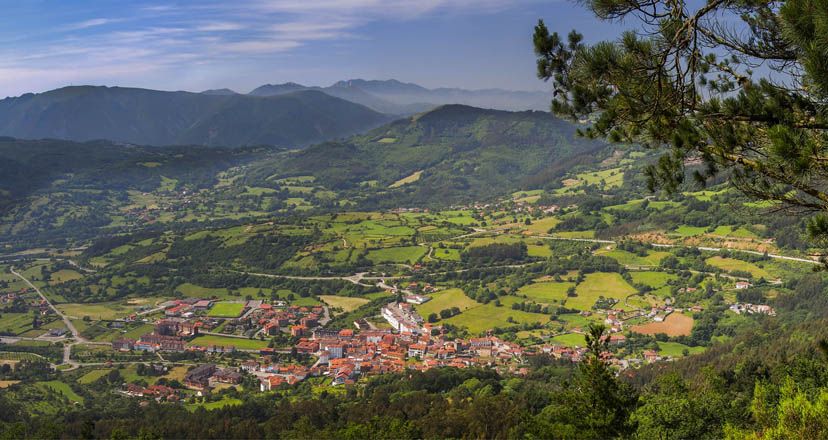Back 10 curiosities about the Primitive Way in Asturias
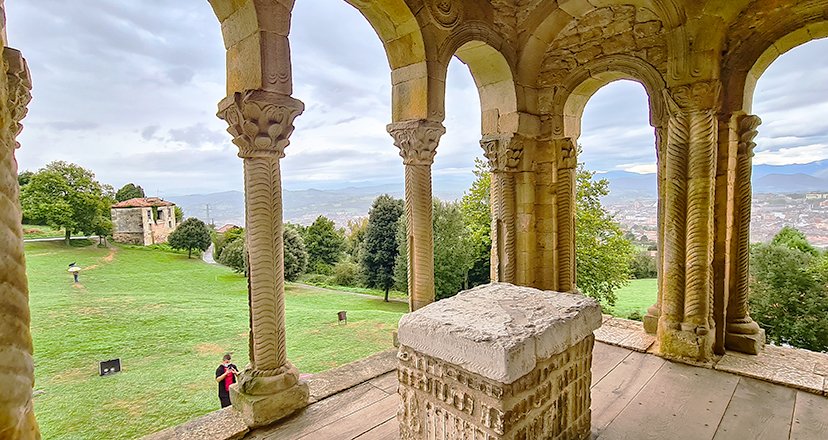
10 very interesting curiosities about the Primitive Way in Asturias
The Camino de Santiago is much more than a cultural itinerary. Here are 10 things you need to know about the Primitive Way, the first in history.
The Camino de Santiago is, by its very nature and history, much more than a cultural itinerary.
Those who have done it are fascinated forever, and with an eternal desire to repeat it, to do it again and again, because they say that each journey is different and unique.
Those who have not done it, long to do it. They dream of the Jacobean Route, of its secrets, of its legends, of its hundreds and hundreds of stories, of the many surprises it holds?
In reality, we all harbour Jacobean dreams in our hearts. The Camino de Santiago is a path of sensations, a constant emotion that makes you vibrate in a wise and balanced way.
Asturias has the privilege of being the cradle and origin of this great cultural and spiritual itinerary. For this reason, there are some things you should know about that first Way that emerged for Humanity in the middle of the Middle Ages.
So it is no coincidence that the Primitive Way has been declared a World Heritage Site by UNESCO in 2015.
So, here are 10 things you need to know about the Primitive Way!
The Primitive Way, the oldest Pilgrim's Way to Santiago de Compostela
The so-called Primitive Way, because it is the first one that existed, starts in the Asturian capital, Oviedo/Uviéu, and runs some 170 kilometres through the interior of Asturias, to Grandas de Salime, the last Asturian territory on this Way.
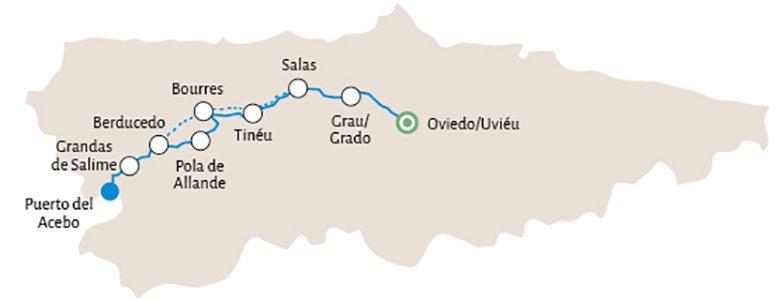
There are 7 very enjoyablestages. Stages steeped in history, legends, a past of passion and knowledge, of art... A past where the ancient Kingdom of Asturias, and each and every one of its rich history, comes to meet you.
On the Primitive Way you will breathe a healthy antiquity. You will actually walk through the origin of everything, and this circumstance makes it special and different.
Alfonso II, the prodigious creator
It was the turbulent 9th century in Europe. The continent was embroiled in a clash of civilisations, and Christianity was facing the challenge of asserting itself in the various kingdoms.
At the epicentre of this historical juncture was a small kingdom, bathed to the north by the Cantabrian Sea, and at the head of this kingdom was Alfonso II, nicknamed the Chaste, who is said to have turned his royal vocation into a true priesthood.
Alfonso II was the philosophical, spiritual and geopolitical architect of the Way of St. James.
His figure will become familiar to you when you do the Primitive Way. He will be a sort of omnipresent pilgrim, given that he was actually the first pilgrim in history.

So you will find him in the square in front of Oviedo Cathedral, which bears his name, and also in Santiago de Compostela.
The origin of the Camino
But what motivated the birth of the Camino de Santiago? Well, the Jacobean route was an intelligent and peaceful strategy to unite the whole of Christianity in Western Europe around a spiritual utopia unique in the history of mankind.
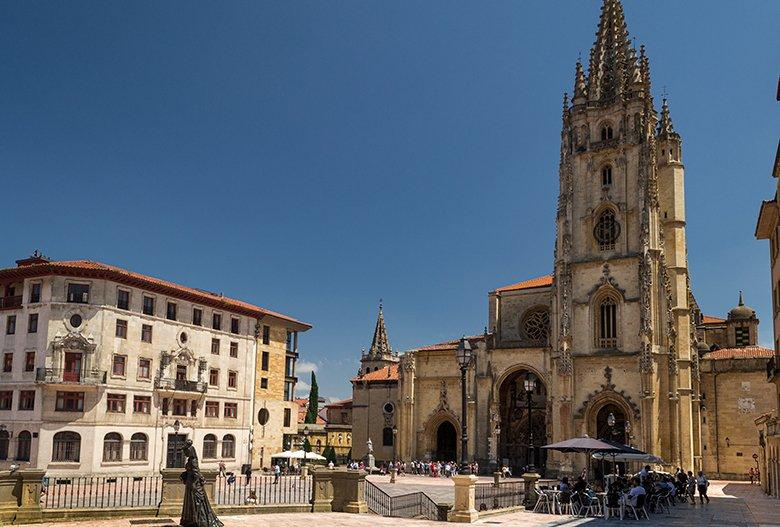
The aim was to reach the tomb of the apostle St. James in the "campus stellae", right next to the end of the hitherto known world - the finis terrae - in that prolific Middle Ages.
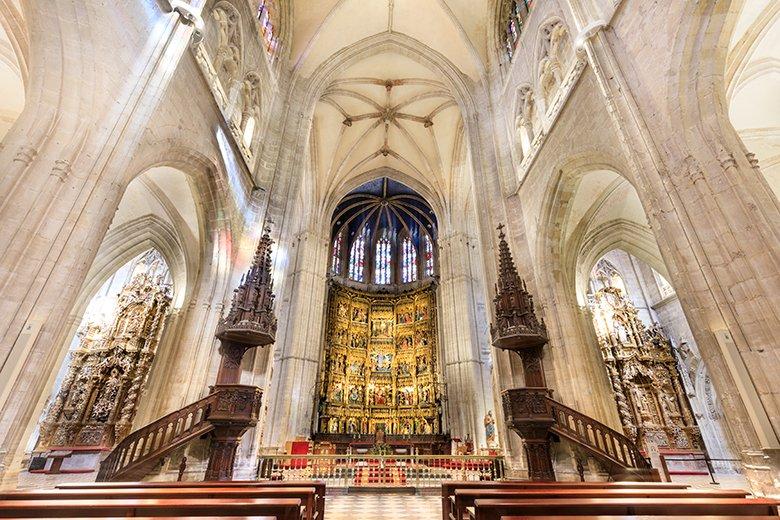
It was at that time that Alfonso II came up with the idea of this unique pilgrimage, which over time has become a universal event.
A sentence that will mark your destiny
Perhaps you have heard a mythical phrase that forms part of the collective universe of emotions and experiences related to the Pilgrims' Route to Santiago de Compostela?
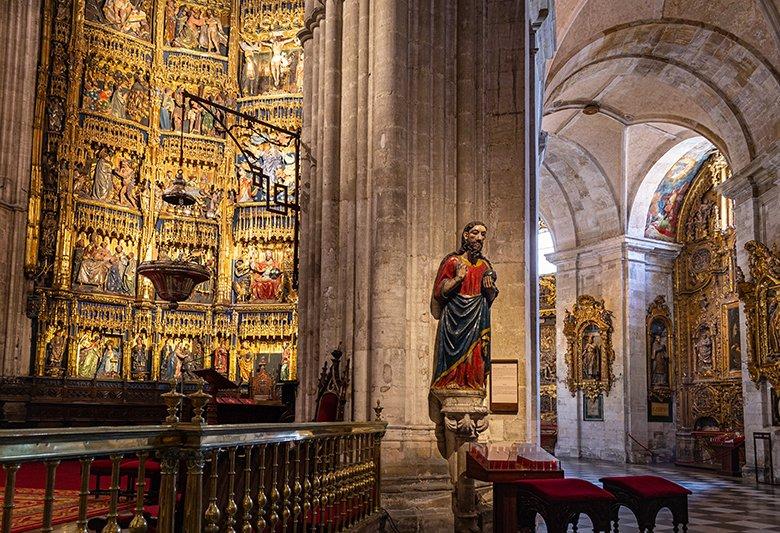
The phrase is this: "He who goes to James and not to the Saviour, visits the servant and not the Lord", and it is so expressive and even descriptive of what happened in the course of time!
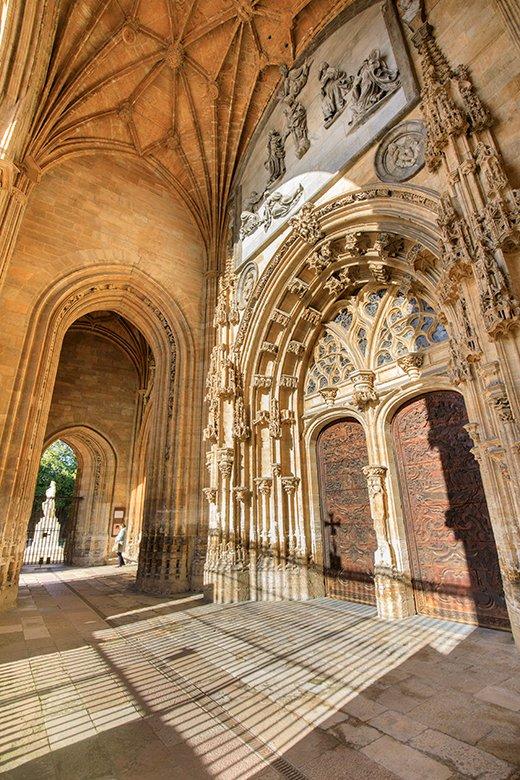
Because the Cathedral of Oviedo/Uviéu became not only the origin or beginning of the Camino, but also the end of the Jacobean pilgrimage, and this thanks to the importance of the relics preserved in its Holy Chamber, mainly the Holy Shroud, and the crosses of the Angels and the Victory.
Therefore, this sentence has a high value and marks a destination for you, and that destination is to pass through El Salvador de Oviedo/Uviéu on your pilgrimage to Santiago de Compostela.
A succession of unrepeatable landscapes
The Primitive Way is a succession of unrepeatable landscapes. Among all the Pilgrims' Routes to Santiago de Compostela, it stands out for the diversity of its landscapes and corners.
A green, often leafy route, sometimes open to the sky. Forests, rivers and streams. Mountains and valleys. Steep slopes, and from time to time welcome plains.
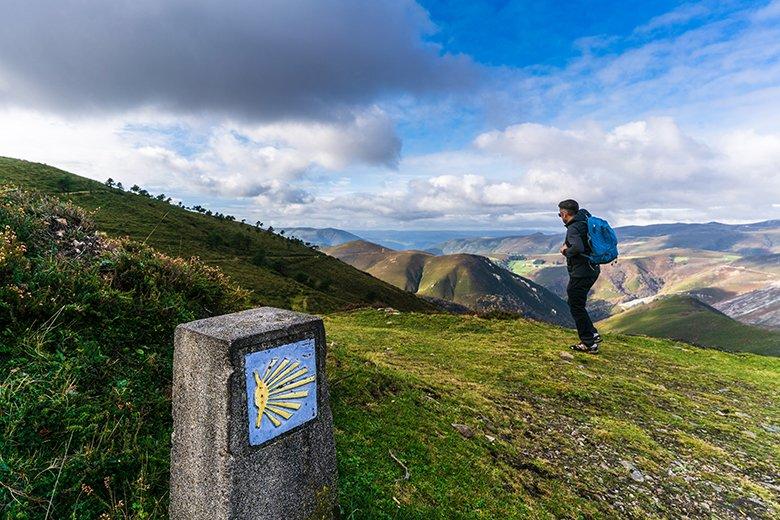
Road with slopes that require your effort. With mountain passes. A route with legendary overtones. With churches and collegiate churches, or hidden hermitages. With fairytale villages and historic towns. With vestiges of hospitals and fascinating monasteries.
A Way of unforgettable anecdotes, indelible memories and emotions to the surface... It is the ineffable Primitive Way!
Historic towns that enchant pilgrims
The Primitive Way made the towns and villages that it crossed and crosses grow. Giving them life, at the same time as they gave life to the pilgrims and their hard wandering.
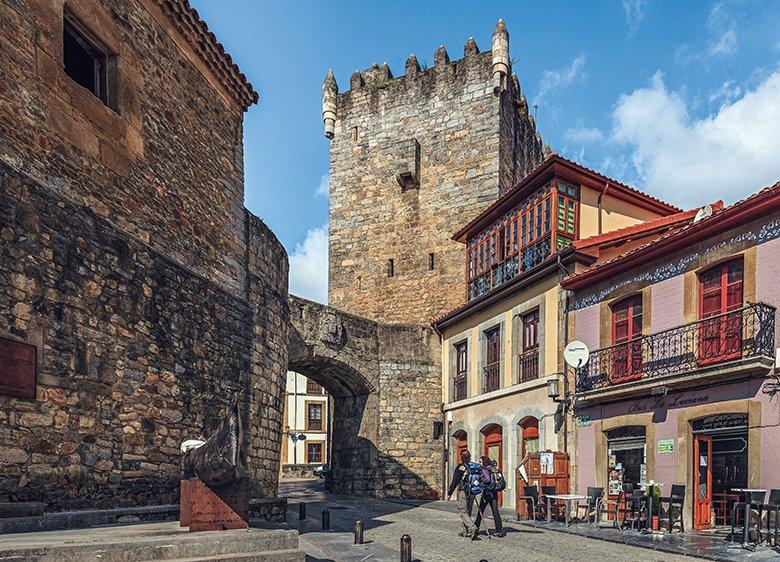
There is no Camino if there are no villages. Those that await you with open arms with their streets and squares, their palaces, their chapels, churches and collegiate churches. With their hostels and their cosmopolitan Jacobean atmosphere. With their markets.
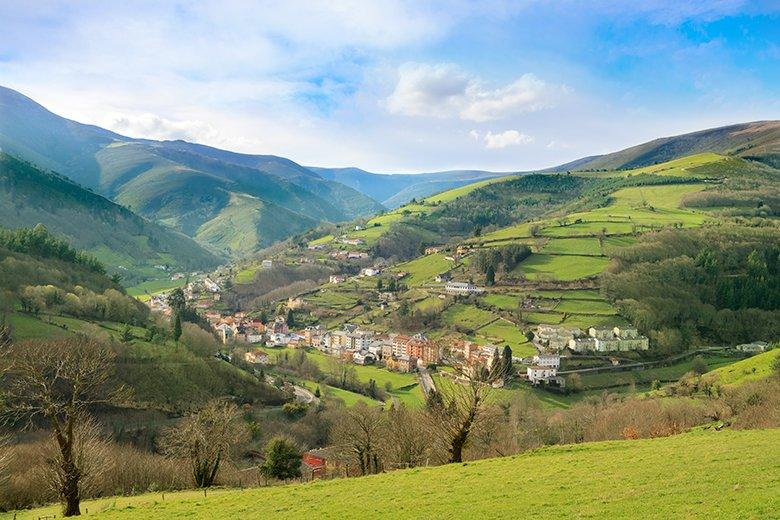
Grau/Grado, Salas, Tinéu or Pola de Allande, each one of them with its style, its stamp and its history, bring to the Camino lustre, architecture, ambience, and an atmosphere of transit towards the Campus Stellae that will leave you fascinated.
Each villa will be a new and unforgettable love!
Monasteries full of mystery
The Primitive Way will take you to the foot of thousand-year-old monasteries, whose appearance and architecture invite you to meditation and serenity.
They are monasteries whose history is also shrouded in legends that invite you to dream and travel into the past, moving back ten or twelve centuries on the arrow of time.
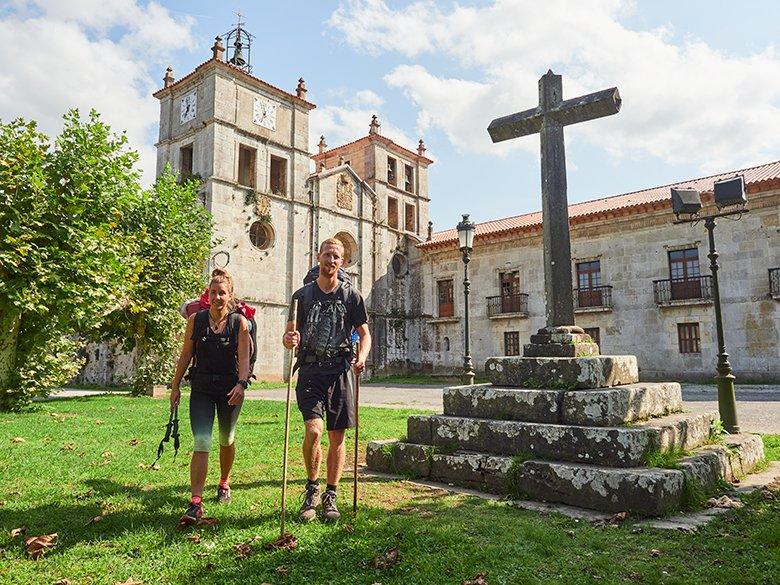
Both San Salvador de Cornellana, in Salas, and Santa María la Real de Oubona, in Tineo, have a history linked to the Asturian monarchy, and both were important centres of knowledge and spirituality in the Middle Ages.

Both are surrounded by a halo of magic and legend that makes them unique and fills your eyes with mystery...
The Way of Art
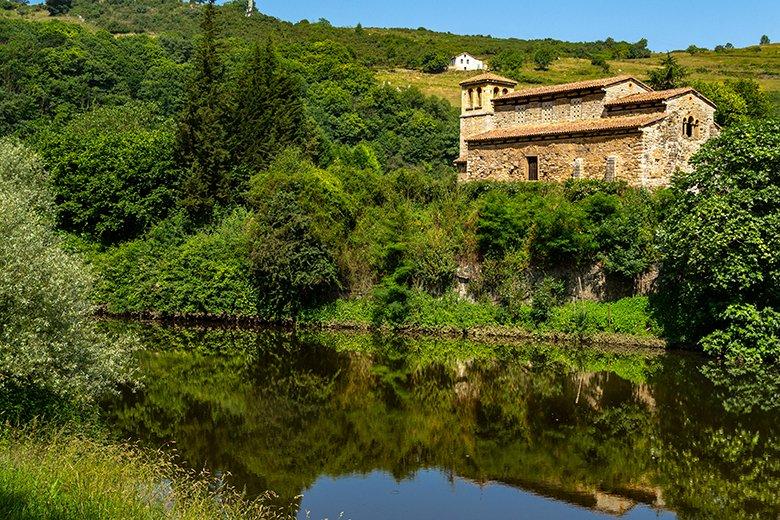
One of the singularities of the Primitive Way is that, in a way, it is also a route of art. Art is omnipresent in the oldest Jacobean route, and it is precisely the art of the kingdom of Asturias, that is to say, the pre-Romanesque, which is the most notable and striking manifestation in the area around this Way.
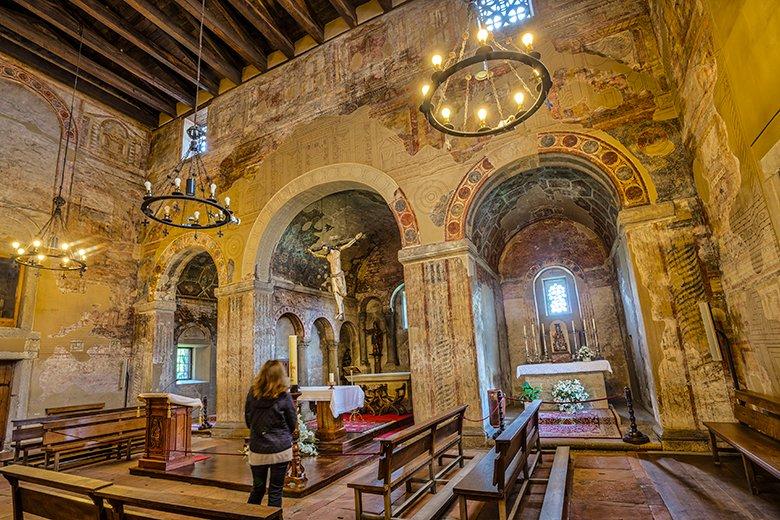
A shining example is Oviedo/Uviéu, a city of great medieval influence, with important examples of Pre-Romanesque architecture, such as the church of San Julián de los Prados - also known as Santullano -, the fountain of La Foncalada, the Holy Chamber of the Cathedral, or on the slopes of Monte Naranco, Santa María del Naranco and San Miguel de Lillo. All these monuments are also UNESCO World Heritage Sites.
Jacobean gastronomy, tasty and healthy
The Primitive Way is an inexhaustible source of gastronomic richness. It runs through one of the culinary arteries of the Natural Paradise, and at each of its stages you will be able to sample more than one traditional delicacy, as well as trying your hand at the most innovative dishes.
In Oviedo/Uviéu, one of the great gastronomic capitals of Spain, you will find a wide range of restaurants and cider bars where you can try the most classic Asturian dishes and products such as fabada or pote, cheeses, sweets, fish and seafood, or meats, as well as the most creative dishes. And of course, always Asturian drinks: Asturian cider, Cangas wine or our craft beer.
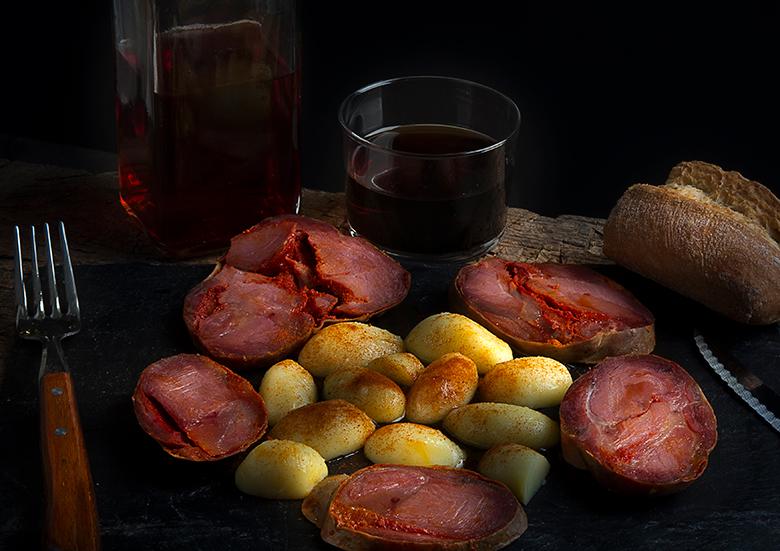
And along the stages of the Camino, you will find gems such as the tocinillo de Grado; the carajitos del profesor in Salas; the Chosco in Tineo, and also the cheeses; the stuffed cabbage of a famous restaurant in Pola de Allande, or the sausages, meats, broths or pots of Grandas de Salime.
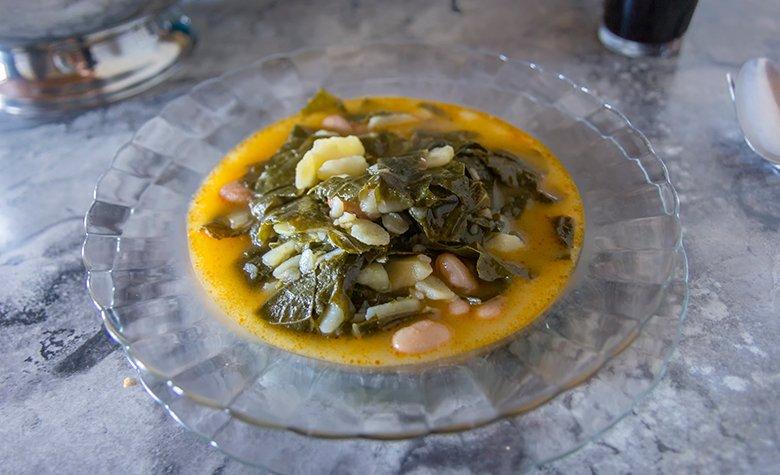
In Asturias, the pilgrimage route to Santiago de Compostela is a gastronomic trail!
The corners and people of Asturias, a unique attraction
Undoubtedly, one of the unquestionable attractions of the Primitive Way are the people of Asturias, as well as the pleasant places you will find for the emergence or exaltation of friendship.
The people of Asturias are affable, friendly and hospitable by nature. It is very easy to arrive at a village and strike up a conversation, or to quench your thirst on the Camino with a glass of cider, in an antojana or in the shade of an hórreo (granary).
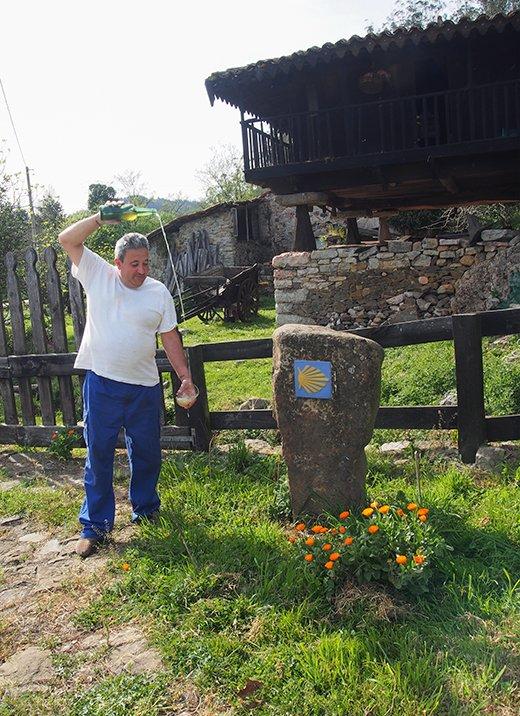
Or to be on the terrace of a town or city, and make friendships that last over time.
The Primitive Way, because of its age, its uniqueness and its lack of overcrowding, is ideal for getting to know not only the landscape, but also the Asturian countryside, in the midst of idyllic corners, with the backdrop of valleys and mountains, surrounded by colourful forests, and always with the presence of granaries, a small chapel, a house with a coat of arms, Indian architecture, and a thousand other scenarios that you can imagine...
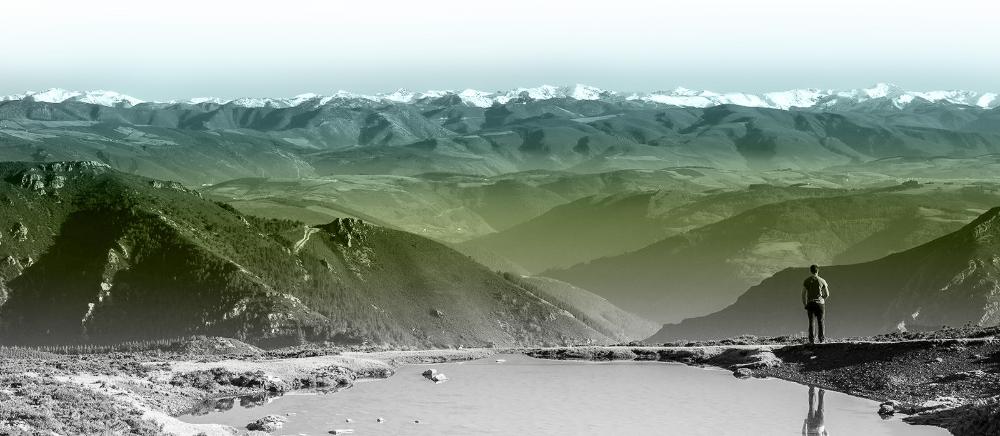
Subscribe to our newsletter and take advantage of offers, discounts, and news
Subscribe


